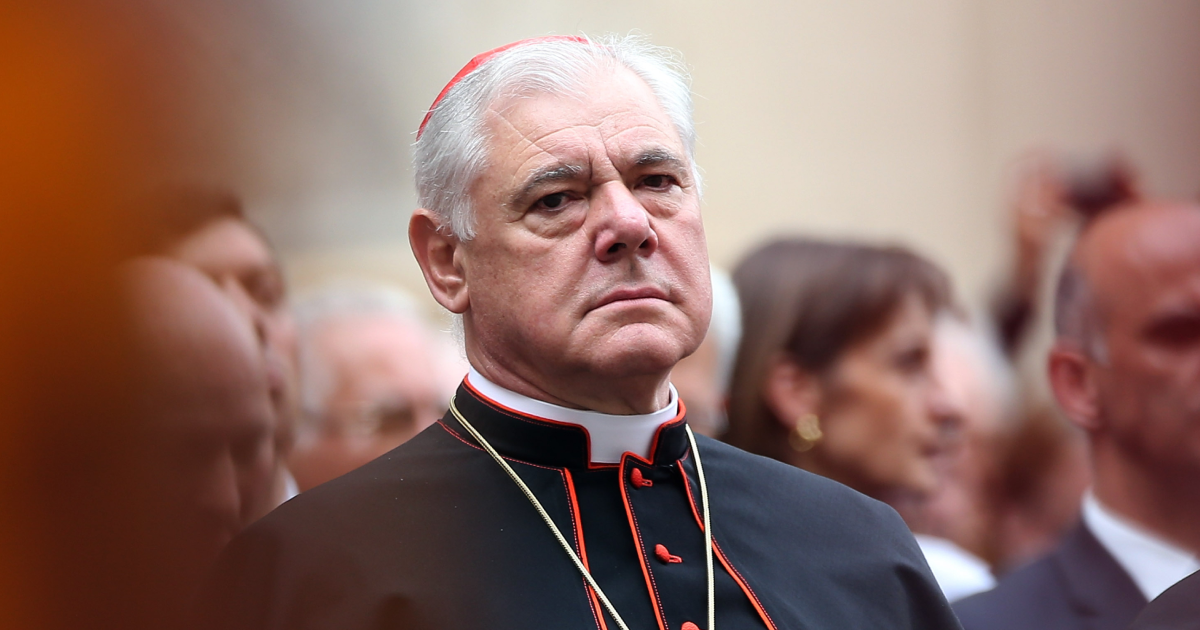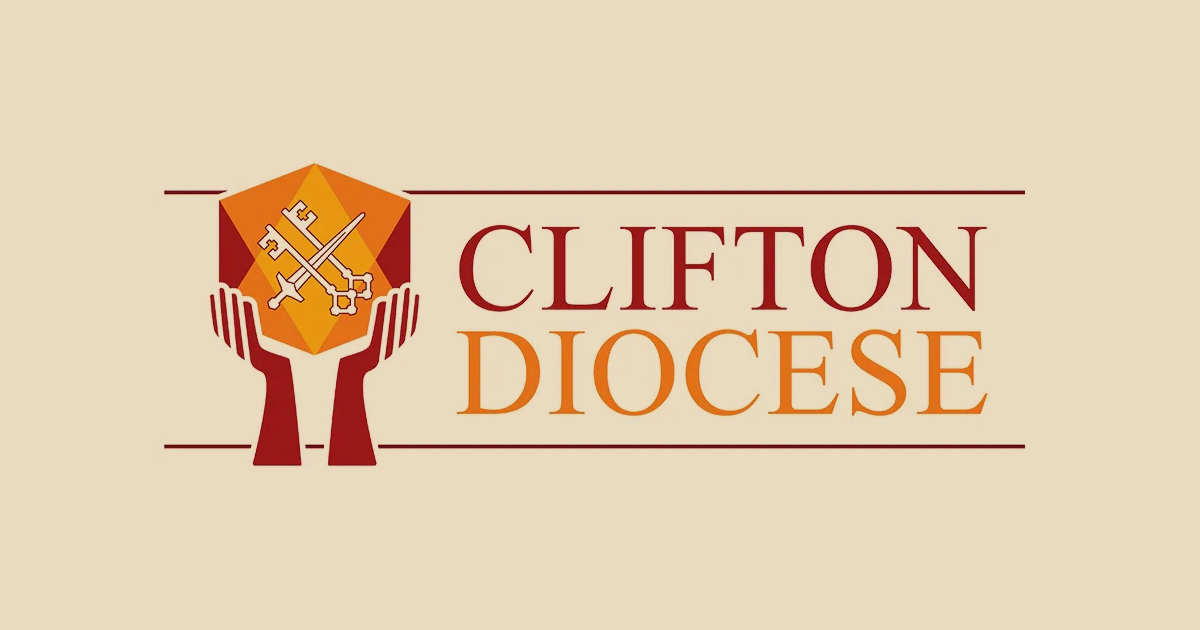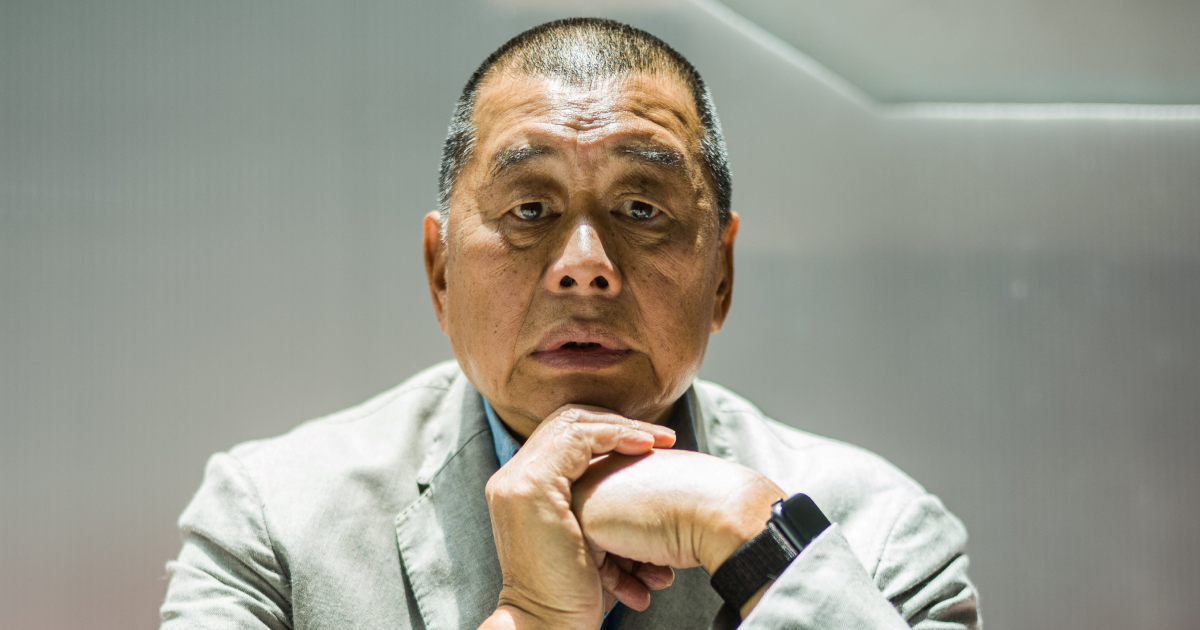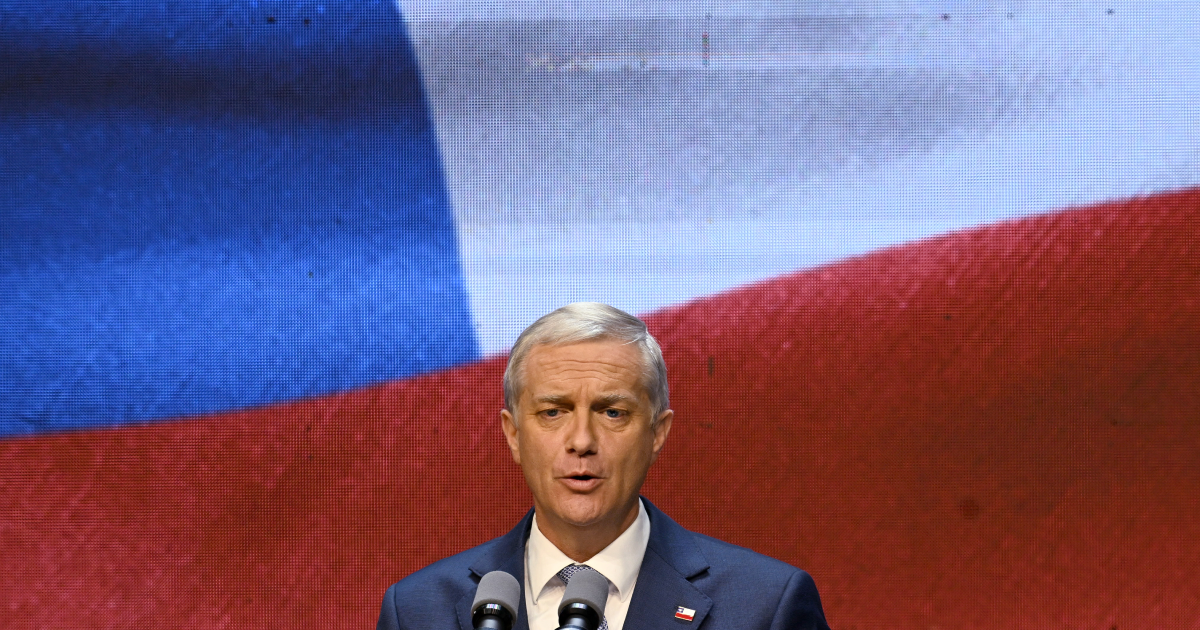When the newly elected Pope Leo emerged on the balcony of St Peter’s dressed in traditional papal choir dress (red mozzetta, rochet and stole, etc.) there was much comment. Does this indicate a more “traditional” agenda, particularly liturgically, some asked. Is it a subtle, public repudiation of the previous pontificate, others opined – with hope or concern, according to their sensitivities.
It seems to have been neither. The election of a pope is a liturgical rite with given directives. The new Pope simply followed what was laid down, with that calm dignity with which we have become accustomed to see him carry out the duties of his office, particularly in celebrating the Sacred Liturgy. That is what is required, so that is what he did.
Many continue to look closely at the Holy Father’s every word and deed in the hope of finding a key to his pontificate, almost with the desire to use that key to open or close the portal of their good will according to a pre-set agenda. This “politicisation” of our approach to the papacy is unfortunate, not only because it runs against the deeply Catholic instinct to give trust and loyalty to the Pope, but also because not every statement of any man who serves as pope can always be well considered, and not all of the things that he does are necessarily wise. Anyone who has experienced the pontificates of the last few decades can lament aspects of each of them.
What matters is a pope’s teaching and his acts of governance, no matter how much we may like or dislike his personality or style. His job is faithfully to hand on and expound “the Catholic and apostolic” faith to which the Roman Canon refers and to confirm his brethren in that faith, as well as to ensure that others faithfully teach it with and under him. Other matters are secondary.
In respect of the Sacred Liturgy, however, which the Second Vatican Council righty taught “is an action of Christ the priest and of His Body which is the Church, is a sacred action surpassing all others; no other action of the Church can equal its efficacy by the same title and to the same degree” (Sacrosanctum Concilium, 7), the Pope’s own approach is in fact of supreme importance. For the correct worship of Almighty God comes before any formal teaching or act of governance: lex orandi, lex credendi – how we worship in fact teaches us what we believe.
So too, at this moment in the history of the Church, when the so-called “liturgy-wars” that were reignited in the previous pontificate have seen people digging trenches and hurling grenades at one another over how we should – or should not – worship, whilst prelates have been stealthily politicking in the corridors of power in order to advance their liturgical ideology, the Holy Father’s liturgical practice, and in due course his acts of governance, have added importance.
I do not know the liturgical formation or experience of Father, Bishop and Cardinal Prevost, but I would venture to speculate that as an Augustinian Friar, as the Superior General of his Order, and then as a missionary diocesan bishop, his formation has been reasonable and his experience diverse. He has probably seen it all: the good, the bad, the ugly and the beautiful, in different places over the years.
This may explain his calm, dignified approach to the liturgical rites. He does not look at his watch in a hurry to get away, but respectfully celebrates the rites as the occasion demands – aided, of course, by his Master of Ceremonies who himself seems to have an eye for the good, even if one would wish that international papal liturgies were exempt from the tyranny of the vernacular, that the cross would return once again to the centre of the altar of sacrifice and that the ferula (the papal pastoral staff) of Paul VI could be quietly retired to a museum of mid-twentieth century Italian ecclesiastical art in favour of something more worthy.
The Holy Father’s liturgical experience may also motivate his express desire that the West recover the “sense of the sacred” that the Eastern Churches have preserved so tangibly (see his address of 26 June 2025). This is encouraging. It clearly shows that the Pope understands the liturgy to be sacred and not the ideological plaything of any community or group or even hierarchy. It is also evidence that he recognises that there is some work to do in respect of the liturgy in the Roman rite.
The question, of course, is what is to be done – or more pointedly, what is Pope Leo likely to do? The answer depends on his insights and the advice he receives. However, given what we know to date, I think it is possible to foresee two areas of papal liturgical leadership.
The first emerges from his example thus far. He seems likely to underline efforts to celebrate the reformed liturgy well, with dignity, and according to the norms of the liturgical books. It would be helpful if he were to explicitly reassert the importance of the ars celebrandi – the fruit of the faithful celebration of the rites in all their richness – as expounded in Sacramentum Caritatis in 2007. And it would be instructive if his officials in the Dicastery of Divine Worship and the Discipline of the Sacraments responded promptly and clearly to the abuses of the liturgical rites that, alas, occur still.
In respect of the Dicastery, there is a problem. It’s Prefect, who is no trained liturgist and is of pensionable age, is on record as supporting moving on “to the second phase” of the liturgical reform, namely “the inculturation or adaptation of the liturgy to the other different cultures”, which would involve liturgical forms that are “completely different from what we have seen and appreciated in Europe for so many years”. Here, His Eminence seems more interested in what some liturgists have called the “organic progression of the liturgy” than the faithful celebration of the reformed liturgy, let alone conforming it to the actual intentions of the Council Fathers.
The second area in which the Holy Father will have to exercise leadership is in facilitating a return to the liturgical peace that was violently ended by the abrupt and, as we have recently learnt from new evidence, the carefully manipulated, persecution of those, particularly young people, who have discovered the older liturgical rites and who have “felt its attraction and found in it a form of encounter with the Mystery of the Most Holy Eucharist, particularly suited to them” (Benedict XVI, Letter to the Bishops, 7 July 2007).
The Pope has spoken often of his desire for unity, peace and reconciliation. There is no more important area for this than in the worship of the Church. But we must be clear: unity does not mean uniformity. The liturgy has always rejoiced in a rich, legitimate diversity, even in the Western rite – as the rites of different religious orders and historic dioceses attest. It is only since the most recent Council that attempts have been made, and recently renewed, to impose a rigid uniformity, falsely appealing to the need for “unity” and “communion”.
Those involved should have learnt in “Theology 101” that these are fundamentally sacramental and theological realities which do not require uniform ritual expression. Proponents of moving on “to the second phase” of liturgical reform know this at least implicitly, but conveniently ignore it in respect of the older rites.
As Supreme Pastor, the Holy Father needs to correct this error and end the Stalinist persecution of the older rites being waged by the Archbishop Secretary of the Dicastery and by certain bishops. This campaign, gleefully presided over by the Cardinal Prefect, has fractured unity and scandalised many good faithful, particularly families, driving them away and forcing them to find solutions at times “outside the system”.
It is hard to see how this is anything other than an ideological campaign by partisans of a particular political liturgical viewpoint, the legitimacy of which is highly questionable. It is certainly not pastoral in the true sense of that word – it does not serve the salvation of souls – and it has given rise to ungodly bitterness on all sides.
The Pope has already given one encouraging sign: his permission for the celebration of Mass in the usus antiquior (the older form) in St Peter’s Basilica by Cardinal Burke for the annual pilgrimage of those who worship according to the older rites. The extraordinarily large numbers at this Mass – around 5,000 when only 1,000 were expected – speak loudly. It is hard to imagine Pope Leo seeking to continue to ban such genuine fervour and devotion.
I doubt the Holy Father will wish to address the issue of the “reform of the liturgical reform” spoken of over a decade ago. Those officially “in charge” abhor the mere thought of “correcting” the modern rites in the light of critiques made of their fidelity to the Council itself. And those who celebrate the usus antiquior see little point in any such effort. This minefield may have to wait a little longer before being cleared.
After the Holy Father’s election, our community revived the traditional prayers for the Pope sung during adoration on Sunday after Vespers. Leo XIV is not Benedict XVI, nor is he Francis. But he is the Pope, and as such he needs our fervent prayers that he will teach and govern wisely and prudently, most especially in respect of the Sacred Liturgy, “the summit toward which the activity of the Church is directed …[and] the font from which all her power flows” (Sacrosanctum Concilium, 10).
RELATED: Cardinal Müller cautions both rad-trad and liberal Catholics in Bishop Barron interview
Photo: Newly elected Pope Leo XIV addresses the crowd from the main central loggia balcony of the St Peter's Basilica for the first time, after the cardinals ended the conclave, Vatican, 8 May 2025 (Photo by TIZIANA FABI/AFP via Getty Images)
Dom Alcuin Reid is the Prior of the Monastère Saint-Benoît – www.monasterebrignoles.org – in Brignoles, France, and a liturgical scholar of international renown. His principal work The Organic Development of the Liturgy (Ignatius, 2005) carries a preface by Joseph Cardinal Ratzinger.




.jpg)











